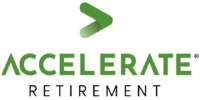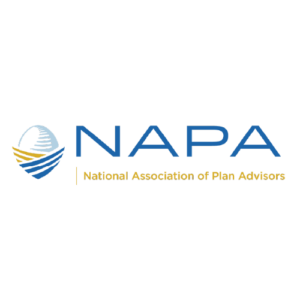
The biggest mandatory change coming next year is the requirement that catch-up contributions made by high-income earners be treated as after-tax contributions. This means that starting in 2024, employees making catch-up contributions who earn at least $145,000, and are 50 years or older, must be contributing into a Roth account. For sponsors who don’t currently offer employees a Roth, this poses a challenge. They will be faced with the decision of either establishing a Roth option to satisfy this provision or eliminating the catch-up contribution program for high-income earners. As most sponsors are choosing the first option, employees will be strongly encouraged to adopt a Roth 401(k) to begin with.
Other mandatory changes to look out for in 2024 are regarding required minimum distributions (RMDs). One new provision allows a surviving spouse to be treated as their deceased partner for the purpose of RMDs. This is crucial for a widow who is younger than the deceased. It means they can delay withdrawals to when they, themselves, are at the minimum age of RMD, rather than having to take RMDs out earlier, when their deceased spouse would’ve been the minimum age. Additionally, the SECURE Act 2.0 named Roth accounts in employer retirement plans exempt from RMD requirements starting in 2024. Previously, Roth 401(k) account holders who wanted to bypass RMDs would need to roll over their funds into a Roth IRA. Now, they can avoid dealing with a transfer of assets and the Roth IRA five-year rule by keeping their 401(k), RMD requirement free.
As we approach 2024, sponsors should also understand the optional changes going into effect and decide whether or not they can use them to optimize their plan designs. Examples of these include:
- Employee student loan payments matched with employer contributions to a retirement account;
- Introduction of the ability to transfer certain benefits between accounts (automatic portability); and
- Allowance of self-certifying emergency savings withdrawals up to $1,000 per year.
These provisions offer opportunities for plan committees to evaluate their current plan design and determine what changes can be made to support employee needs and help attract talent.
As each year brings more changes into effect, it’s important that sponsors rely on their advisors and recordkeepers to stay up to date on the latest legislative changes. Recordkeepers will have a summary on the SECURE Act 2.0 provisions that are relevant to their particular plan. This will serve as a great resource for plan committees as they try to navigate upcoming changes.
Sources:








